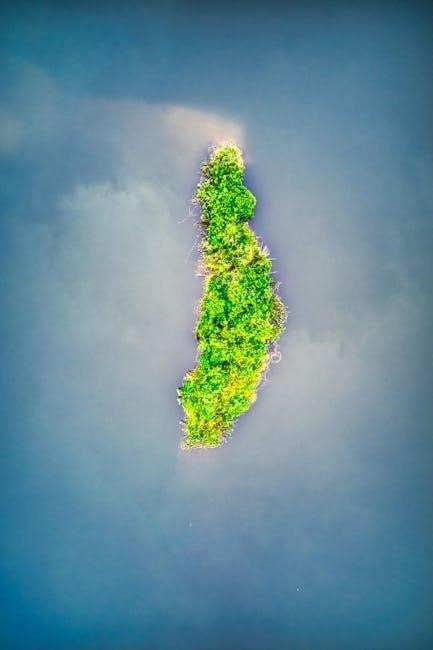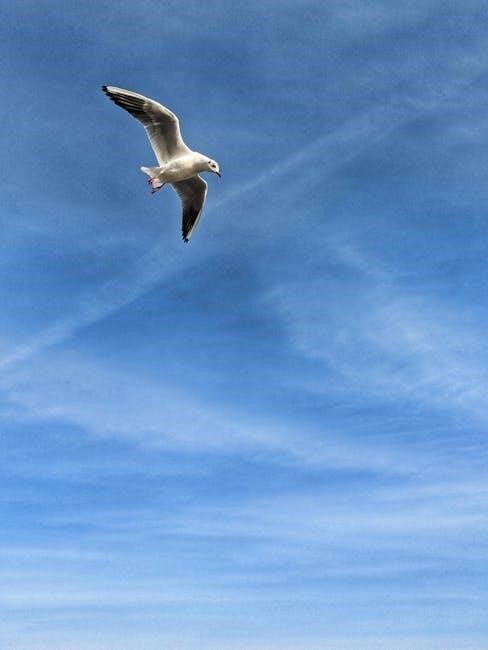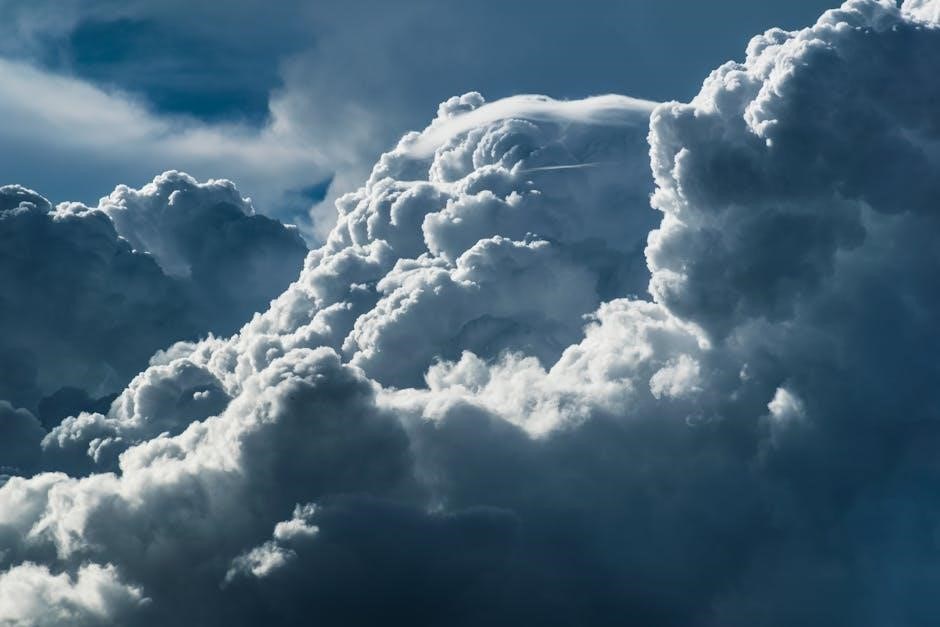A well-crafted resume for aerial photography positions requires a blend of technical skills and artistic vision. Highlighting expertise in drone operations, camera systems, and post-production tools is essential. Include samples of your work, such as aerial shots for real estate or film projects, to demonstrate your capabilities. Use templates that emphasize clarity and visual appeal to make your resume stand out to potential employers.
Importance
A well-structured resume is crucial for professionals in aerial photography, as it serves as a gateway to showcasing expertise and securing opportunities. In a competitive job market, a resume acts as a marketing tool, highlighting technical skills, artistic vision, and hands-on experience. Employers in fields like real estate, construction, and filmmaking often prioritize candidates who can demonstrate proficiency in drone operations, camera systems, and post-production software.
Given the specialized nature of aerial photography, a resume must clearly outline technical proficiencies, such as color science, HDR photography, and photogrammetry. It should also emphasize soft skills, such as adaptability, safety awareness, and the ability to work in diverse conditions. Including samples of work, like aerial shots for real estate or construction projects, adds credibility and provides tangible evidence of capabilities.
Templates play a vital role in organizing this information effectively; A visually appealing and well-structured resume ensures that key details stand out, making it easier for hiring managers to assess a candidate’s suitability. Additionally, incorporating industry-specific keywords and certifications, such as drone operation licenses, can enhance the resume’s relevance and professionalism.
Overview
An effective resume for aerial photography positions should provide a comprehensive yet concise overview of a candidate’s qualifications, skills, and experiences. It serves as a snapshot of their expertise in capturing high-quality aerial images for various industries, such as real estate, construction, and filmmaking. A well-structured resume typically includes sections like an objective, technical skills, work experience, education, and portfolio samples.

Technical skills are a cornerstone of an aerial photography resume. Proficiency in tools like drones, cameras, and post-production software (e.g., DaVinci Resolve, PFTrack) should be highlighted. Additionally, knowledge of techniques such as HDR photography, photogrammetry, and color grading can set a candidate apart. Experience in operating drones safely and efficiently, adhering to aviation regulations, is also critical to mention.
The work experience section should detail roles where aerial photography was a key responsibility. For example, capturing aerial footage for real estate listings, construction progress monitoring, or film productions. Including specific achievements, such as delivering high-quality images under tight deadlines or working in challenging weather conditions, adds credibility.
Many professionals also include a portfolio section, where they provide links or attach samples of their aerial photography work. This allows employers to visually assess the quality and creativity of their output. Using a clean, professional template ensures the resume is visually appealing and easy to navigate.

Key Sections
A resume tailored for aerial photography should include specific sections that highlight relevant skills, experiences, and qualifications. These sections ensure that employers can quickly assess a candidate’s suitability for the role.
Objective
The objective section provides a concise summary of the candidate’s career goals and passion for aerial photography. It should emphasize their ability to deliver high-quality images for industries like real estate, construction, or filmmaking.
Technical Skills
This section lists the technical expertise required for aerial photography, such as proficiency in drone operation, camera systems, and post-production software. It should also mention knowledge of techniques like HDR, photogrammetry, and color grading.
Work Experience
Detailing previous roles where aerial photography was a primary responsibility is crucial. Examples include capturing aerial footage for real estate listings, monitoring construction progress, or contributing to film productions. Specific achievements, like completing projects under tight deadlines, should be highlighted.
Education
Include degrees or certifications related to photography, cinematography, or a related field. Mention any specialized training in drone operation or aerial imaging techniques.
Portfolio
A portfolio section is essential for showcasing samples of aerial photography work. Provide links to online galleries or attach PDF samples of projects, ensuring the work demonstrates both technical skill and creative vision.
Certifications
List any relevant certifications, such as a drone pilot license or advanced training in aerial photography software. These credentials add credibility to the candidate’s qualifications.

Additional Information
Include any additional skills or attributes, such as adaptability, safety awareness, or the ability to work in challenging conditions. This section can also mention proficiency in GIS tools or experience with photogrammetry.
By organizing the resume into these key sections, candidates can effectively communicate their qualifications and stand out in a competitive job market.

Skills
Aerial photography resumes should emphasize a mix of technical, creative, and practical skills to demonstrate a candidate’s versatility and expertise in the field. These skills are crucial for capturing high-quality images and meeting client expectations.
- Proficiency in drone operation and navigation systems
- Expertise in camera settings, including aperture, shutter speed, and ISO
- Knowledge of post-production tools like DaVinci Resolve and Adobe Lightroom
- Experience with photogrammetry and 3D modeling software
- Familiarity with HDR, IR, and VR photography techniques
Creative Skills
- Ability to compose visually appealing and dynamic aerial shots
- Understanding of lighting and shadow management
- Capacity to balance technical requirements with artistic vision
- Experience in editing and enhancing images for final output
Soft Skills
- Strong communication skills to collaborate with clients and teams
- Adaptability to work in diverse weather conditions and locations
- Attention to detail to ensure safety and regulatory compliance
- Time management to meet project deadlines efficiently
Highlighting these skills in a resume ensures that employers recognize the candidate’s ability to deliver exceptional aerial photography services tailored to their needs.

Templates
Using professional resume templates is essential for aerial photographers to showcase their skills and experience effectively. These templates are designed to highlight technical expertise, creative abilities, and relevant work history in a clear and visually appealing format.
Key Features of Aerial Photography Resume Templates
- Clean and modern layouts that emphasize readability
- Sections tailored for technical skills, such as drone operation and post-production software
- Space for portfolios or links to sample work
- Areas to detail aerial photography projects and client collaborations
- Compatibility with PDF formats for professional submission
Popular Template Styles
Minimalist Designs: These templates focus on simplicity, allowing the content to take center stage. They often use neutral colors and straightforward fonts.
Creative Layouts: Ideal for showcasing artistic skills, these templates incorporate visual elements like borders or infographics to highlight key qualifications.
Technical Formats: Designed for professionals with extensive experience, these templates prioritize bullet points and clear hierarchies to present complex information succinctly.
By selecting a template that aligns with their personal brand and professional background, aerial photographers can create a resume that stands out to employers and helps them secure their desired roles.

Tips
Creating an effective resume for aerial photography requires careful attention to detail and strategic presentation of your skills and experience. Here are some tips to help you craft a standout resume:
- Be Clear and Concise: Avoid lengthy paragraphs; Use bullet points to highlight key responsibilities, skills, and achievements, making it easy for employers to scan your resume quickly.
- Include Relevant Keywords: Incorporate industry-specific terms like “drone operation,” “aerial cinematography,” or “photogrammetry” to match job descriptions and pass through Applicant Tracking Systems (ATS).
- Highlight Technical Skills: List your proficiency with tools like DaVinci Resolve, PFTrack, or GIS software. Specify your experience with camera systems, drones, and post-production workflows.
- Add a Portfolio Section: Provide links to your online portfolio or attach a PDF with samples of your aerial photography work. This showcases your artistic and technical abilities directly to employers.
- Quantify Achievements: Use numbers to demonstrate the impact of your work. For example, mention the number of projects completed or the scale of aerial campaigns you’ve managed.
- Proofread and Format: Ensure your resume is free of grammatical errors and formatted consistently. Use professional fonts and layouts to maintain a polished appearance.
- Tailor to the Job: Customize your resume for each application by emphasizing the most relevant skills and experiences for the specific role.
By following these tips, you can create a resume that effectively communicates your qualifications and helps you land your next aerial photography opportunity.

Mistakes
Avoid common resume mistakes such as including irrelevant information or failing to tailor your resume to the job; Grammatical errors, inconsistent formatting, and lack of specificity can harm your chances. Ensure your resume is concise, free of jargon, and includes a portfolio or samples of your aerial photography work.
Common
When creating a resume for aerial photography positions, several common mistakes can hinder your chances of landing an interview. One of the most frequent errors is failing to tailor the resume to the specific job requirements, leading to a lack of relevance. Many candidates overload their resumes with unnecessary jargon or technical terms, making it difficult for hiring managers to quickly assess their qualifications. Additionally, poor formatting and inconsistent use of fonts, margins, and bullet points can make the resume appear unprofessional. Neglecting to include a portfolio or samples of aerial photography work is another oversight, as visual evidence of your skills is crucial in this field. Some individuals also omit critical details such as specific software proficiency (e.g., DaVinci Resolve, PFTrack) or certifications related to drone operation, which are often required by employers. Grammatical errors and typos are also prevalent, undermining the candidate’s attention to detail. Lastly, many resumes lack a clear, concise summary that highlights the candidate’s unique strengths and experiences in aerial photography. Addressing these common pitfalls can significantly improve the effectiveness of your resume.
Examples
Examples of aerial photography resumes often include specific roles like “Drone Photographer for CoStar” or “Aerial Videographer for Real Estate Projects.” Highlighting achievements, such as capturing aerial footage for a large-scale neighborhood development or providing photography for film and television, demonstrates practical experience and skill. Use these examples to showcase your expertise.

Case Studies
Case studies in aerial photography resumes showcase real-world applications of skills and expertise. For instance, a drone photographer hired by CoStar captured aerial footage for a large-scale real estate project, emphasizing neighborhood layouts and property details. This project highlighted precision and creativity in aerial cinematography, demonstrating how such work enhances marketing efforts for real estate developers.
Another example includes a photographer who provided aerial photography for a film production, combining drone footage with ground-based shots to create dynamic scenes. This case study illustrates the ability to adapt to diverse environments and collaborate with directors to achieve artistic goals.
Additionally, a photographer specializing in architectural photography used aerial shots to showcase buildings and landscapes, delivering high-resolution images for commercial clients. This case study emphasizes attention to detail and the ability to meet client expectations under tight deadlines.
These examples demonstrate how aerial photography can be applied across industries, from real estate to film, and how showcasing specific projects in a resume can highlight a photographer’s versatility and technical prowess. By including such case studies, a resume effectively communicates a candidate’s ability to deliver results in demanding environments.
- Highlight specific projects and their impact.
- Include quantifiable results, such as the scale of the project or client feedback.
- Emphasize technical skills, like drone operation or post-production software.
These case studies not only provide concrete evidence of a photographer’s abilities but also serve as a testament to their adaptability and innovative approach in the field of aerial photography.
A well-crafted resume for aerial photography showcases technical expertise, creative vision, and practical experience. Use templates to highlight skills, samples to demonstrate work quality, and case studies to illustrate real-world achievements. Ensure your resume is polished, error-free, and tailored to the job, enhancing your chances of success in this dynamic field.
Final Thoughts

Creating a standout resume for aerial photography requires a strategic balance of technical expertise, creative vision, and practical experience. By leveraging high-quality templates and samples, you can showcase your skills in drone operations, photogrammetry, and post-production tools like DaVinci Resolve. Highlighting projects that demonstrate your ability to capture stunning aerial imagery for industries such as real estate, construction, and film will set you apart from competitors.
Ensure your resume is tailored to the job, emphasizing relevant skills like HDR photography, color grading, and camera tech expertise. Include links to your portfolio or samples of your work to provide tangible evidence of your capabilities. Avoid generic descriptions and instead focus on specific achievements, such as successfully capturing aerial footage for large-scale projects or collaborating with real estate developers to enhance property listings.
Finally, always proofread your resume for clarity and consistency, ensuring it is free of errors. Use a professional format that aligns with industry standards, and consider saving it as a PDF to maintain its layout. By presenting a polished, well-structured resume, you can confidently position yourself as a skilled aerial photographer ready to take on new challenges.
In the competitive field of aerial photography, a well-crafted resume is essential for standing out to potential employers and clients. Whether you’re a seasoned professional or just starting your career, your resume serves as a gateway to showcasing your skills, experience, and artistic vision. With the increasing demand for aerial photography in industries like real estate, construction, and filmmaking, having a polished and professional resume is more important than ever.
Using high-quality templates and samples can help you organize your resume effectively, ensuring that your qualifications and achievements are presented in a clear and visually appealing manner. When creating your resume, focus on highlighting technical skills such as drone operation, photogrammetry, and post-production software like DaVinci Resolve. Additionally, emphasize your ability to work with various camera systems and your understanding of lighting, composition, and color grading.
Your resume should also include sections dedicated to your education, certifications, and relevant work experience. For example, if you’ve captured aerial footage for real estate listings or collaborated with filmmakers, these experiences should be prominently featured. Including links to your portfolio or samples of your work can further demonstrate your capabilities and creativity.
By leveraging the right templates and samples, you can create a resume that not only meets industry standards but also captures the unique qualities that make you a standout aerial photographer. This guide will help you navigate the process of crafting a professional and effective resume tailored to your career goals.